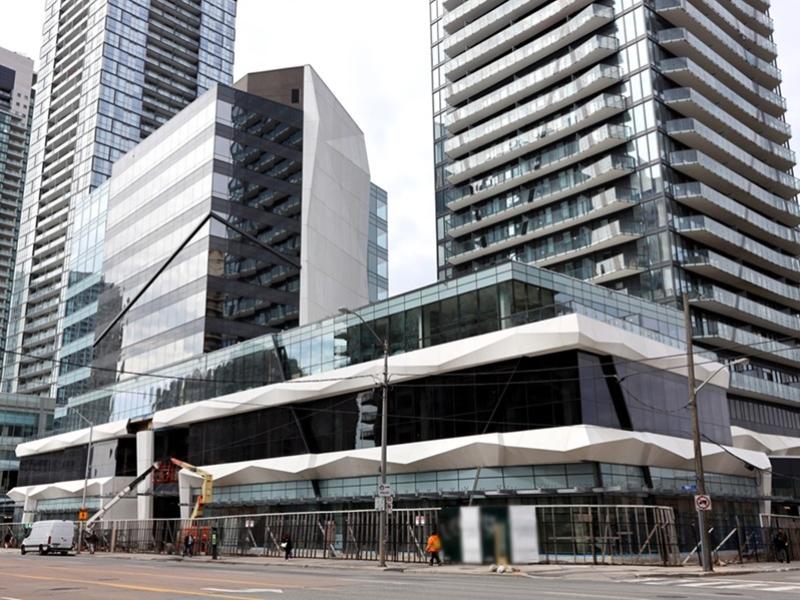In commercial real estate, there can be a variety of possible uses for a building depending upon its zoning.
When a tenant vacates a space, it can be difficult to anticipate who might backfill them based on the uses for which the property is best suited. So, how do landlords decide if they should, or shouldn’t, spend money on a vacancy in order to get it leased up?
Are there smell-tale signs?
There are some obvious times when a landlord touch-up might be required for a vacant space.
If the previous use would leave a lingering smell which might put off the majority of tenants, as a landlord you may want to consider putting in the work.
We worked with a landlord who was left with a strong scent after his tire retailer tenant left. Even for an industrial setting, it was a strong scent and deterred possible tenancies.
He ended up power washing the porous, concrete floor and re-painting the walls to eliminate the odor.
Another example would be office smokers; much less common these days, but it can happen in a space that has been occupied for decades. Paint will help, but so will removing any material that could retain the smell, such as carpeting.
This will greatly improve the showability of a space. In some cases, the landlord might have to anticipate a tenant improvement allowance to replace the flooring.
Will a tenant see it’s worse for wear?
If a tenant has left a space with damage to the walls or fixtures, it can be a wise move for the landlord to repair, replace or remove.
Fixing holes in drywall, for example, is not a huge expense but can greatly improve a tenant’s first impression.
A toilet that has seen better days is an inexpensive thing for a landlord to replace, but it can be money well spent in helping a tenant see a more “move-in ready” space.
An example where removal might be more appropriate would be an old, broken fixture like an exhaust fan. Even if a tenant needed a fan, a broken one does them little good.
Toss it and forget it!
No weird, wacky work spaces
I’ve been in my share of bizarre layouts which suited only very specific tenants. If it’s hard to get a grasp of the size or the layout, it will not make sense to anyone else.
I say demolish it and start from scratch.
I don’t advocate removing any usable improvements like bathrooms, lighting or suspended ceiling, per se. But if you need a map to get through the building without getting lost, you might have a layout that’s holding back leasing your space.
Even removing a few walls might be all that is needed.
Sometimes a little effort making a space presentable can make the difference between a short or considerably longer vacancy. Isn’t it worth considering?








